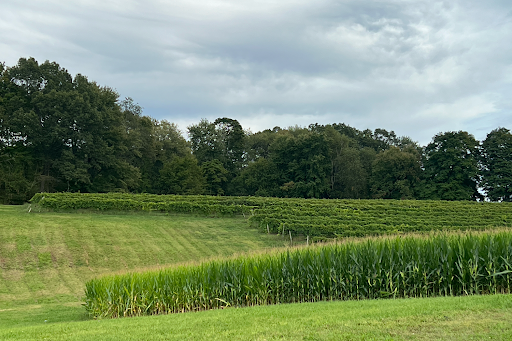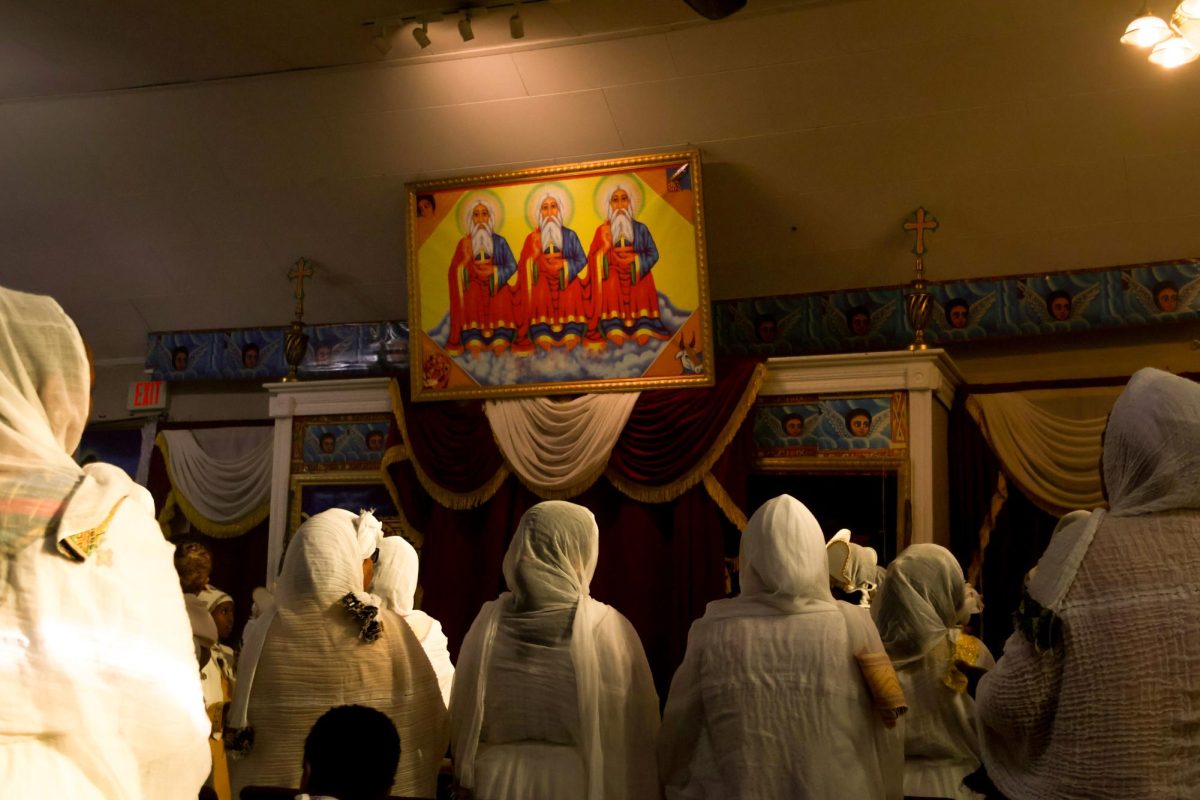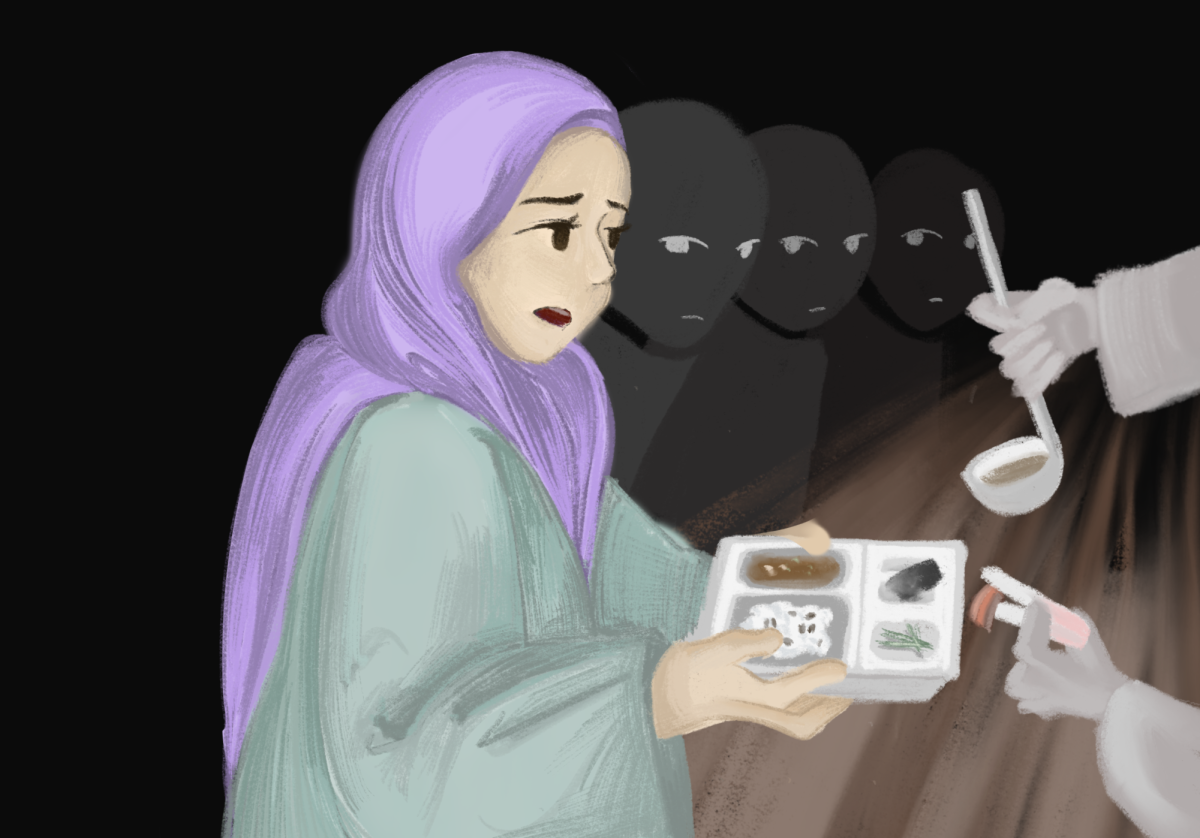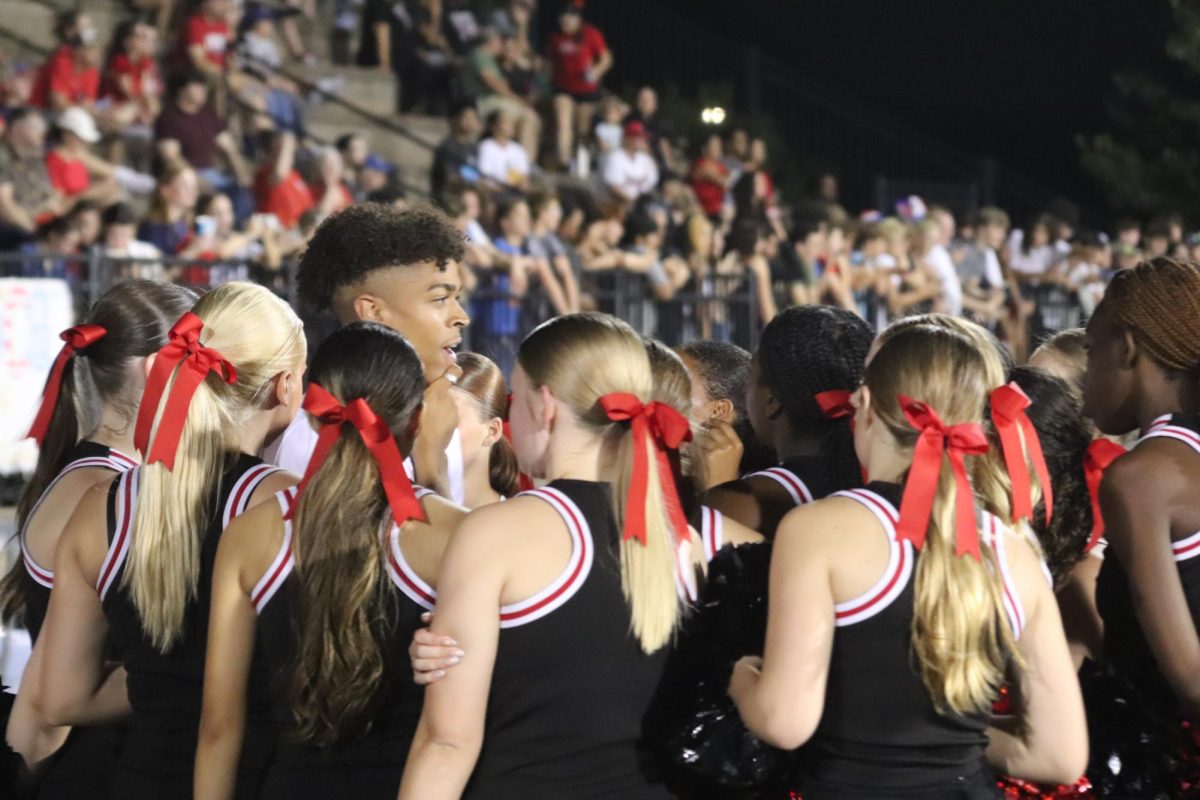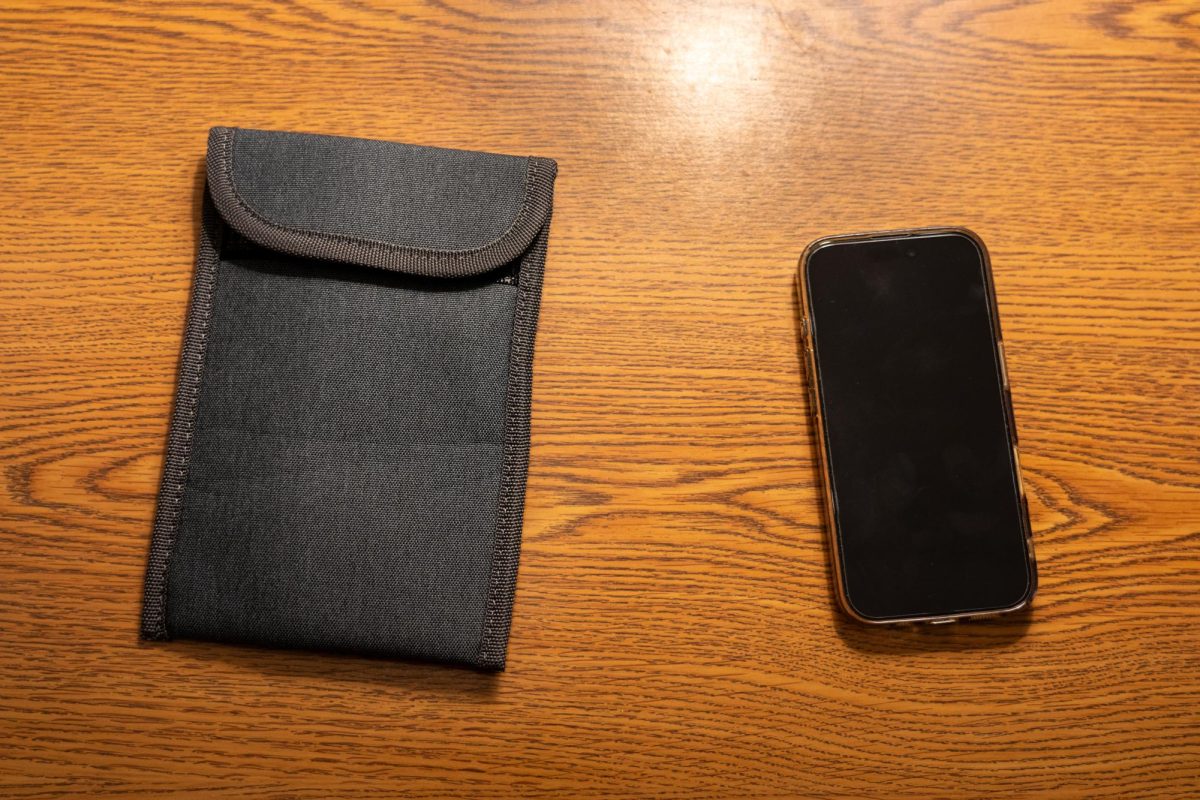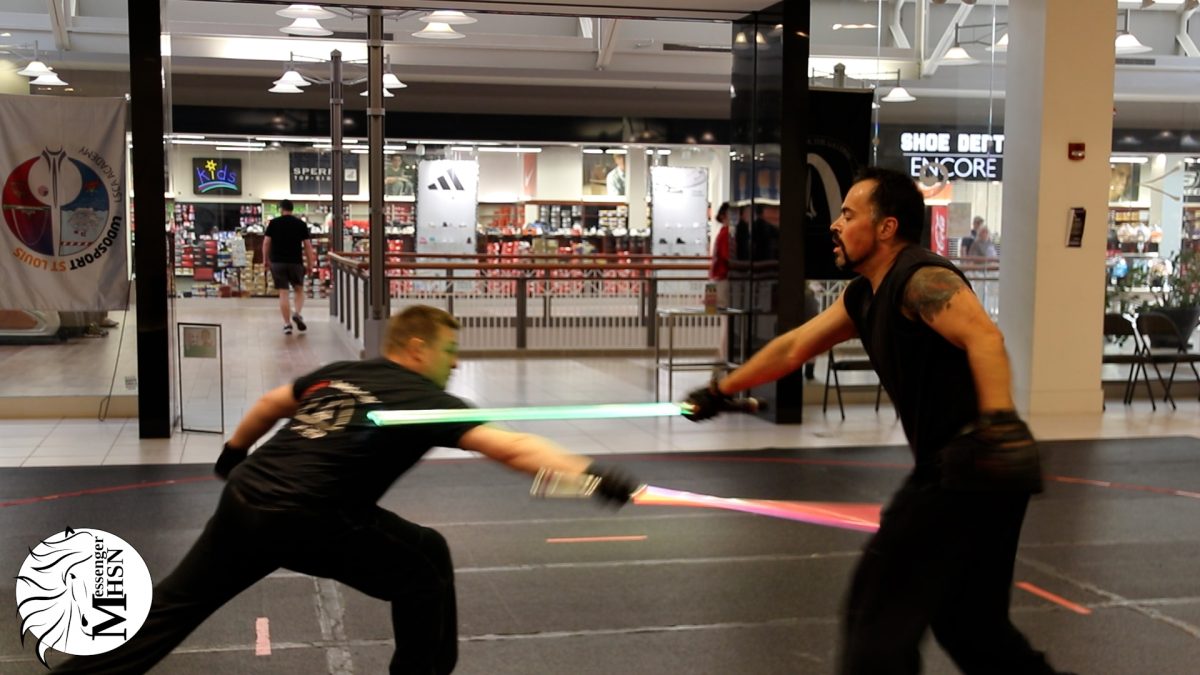“Are you even Asian?” is among the many questions people ask me when I tell them I am from Pakistan. Growing up, it has been challenging to navigate the complexities of my identity in a society that often overlooks the occurrence of anti-South Asian racism. Despite South Asian culture being vibrant in its music, food and clothes, there is a pervasive lack of recognition in our society that remains harmful to the South Asian community.
Discrimination against South Asians has been an unacknowledged reality in institutional, structural and personal aspects of my life. The lack of representation for South Asians denies me and other South Asian students the right to be heard. I have personally experienced this racism at the school. Our voices can no longer be neglected.
Many fail to notice anti-South Asian racism, causing an underrepresentation in anti-racism efforts as well as allowing harmful stereotypes to endure, such as stereotypes in the media, microaggressions and South Asian activists not getting enough recognition.
The stereotypical portrayal of South Asians in the media contributes to persistent racial discrimination. South Asians are often portrayed as having exaggerated accents, smelling of curry and working in tech support. These narrow depictions suggest that South Asians lack diversity and depth when our various cultures are the opposite. As a result, this type of perspective on South Asians produces racial discrimination, reinforcing harmful biases and leading to unequal treatment in various environments, both social and professional.
Stereotypes against South Asians in Hollywood, for example, influence real-life interactions and opportunities, normalizing anti-South Asian racism. South Asian actors frequently play an awkward tech support guy or corner store worker with an exaggerated accent. This is a flawed representation and ultimately leads to discrimination and limits job opportunities for South Asians in the U.S., U.K., Europe and Australia, according to the Seven Six Agency. These portrayals reflect the persistence of harmful stereotypes in one of the largest American industries where such roles are still seen as acceptable and even entertaining by audiences. Consequently, biases remain ingrained in cultural perceptions as what people see in films and TV often shapes their beliefs and interactions. If the industry stops memorializing these damaging tropes, it could help dismantle some of the stereotypes people internalize and externalize in their daily lives. Perpetuating standardized norms in mass media, like films and TV series, promotes the constant cycle of inequality.
Furthermore, my South Asian friend and I often encounter microaggressions directed at our culture, both online and in person. These microaggressions usually come as offhand comments about accents, jokes about cultural stereotypes or even making fun of our cultural outfits or music. These insults are all harsh reminders of the biases that still exist around me.
I have witnessed students mimic an Indian teacher’s accent and ask one of their brown friends to fix their laptops for them. While these comments may be intended jokingly, they reflect a deeper issue of racial insensitivity towards South Asians. When these microaggressions are brushed off as “jokes” or dismissed as harmless, it is extremely difficult to address them in serious conversations about racism. This is due to the fact that labeling them as just “jokes” trivializes their impact, making it easier for people to deny their significance and harder for victims to be taken seriously when they speak out.
Hearing these makes me hyper-aware of the person I make myself out to be. Although these microaggressions start with a few underhanded comments, they build into a substantial part of my identity and shape how I perceive myself and understand how others perceive me too.
South Asian activists work hard to address racism within their communities, but they, too, face discrimination. The South Asian Americans Leading Together organization combats South Asian racism by addressing hate and violence and showing support for immigrant rights. However, as hard as they work, they are only well-known in South Asian communities.
Well-known organizations like the National Association for The Advancement of Colored People and the League of United Latin American Citizens have made a long-lasting impact on their communities, largely thanks to public support and widespread awareness of their missions. The NAACP, for example, had been a driving force in the fight against racial discrimination and the push for civil rights for Black Americans. To create similar change for the South Asian community, it’s important to raise public awareness and rally support, so we can shine light on smaller organizations like SAALT and help them make a bigger difference in their communities.
Some argue that anti-South Asian racism is not as acknowledged because it is not seen as significant compared to racism towards other groups — this is completely false. All forms of racism are detrimental and need to be addressed equally. If we as a society want to encourage social justice and equality, we must acknowledge how it persists against various identities. There are so many forms of anti-South Asian racism that are normalized simply because we do not address them. By ignoring these issues, we are sustaining systemic inequality and also diminishing the fight against all forms of racism.
As a community, we must work together to recognize and dismantle the stereotypes against South Asians. Going forward, we must include the experiences of South Asians in the discussion on racism, ensuring no community is overlooked.
This story was originally published on The Standard on December 16, 2024.


